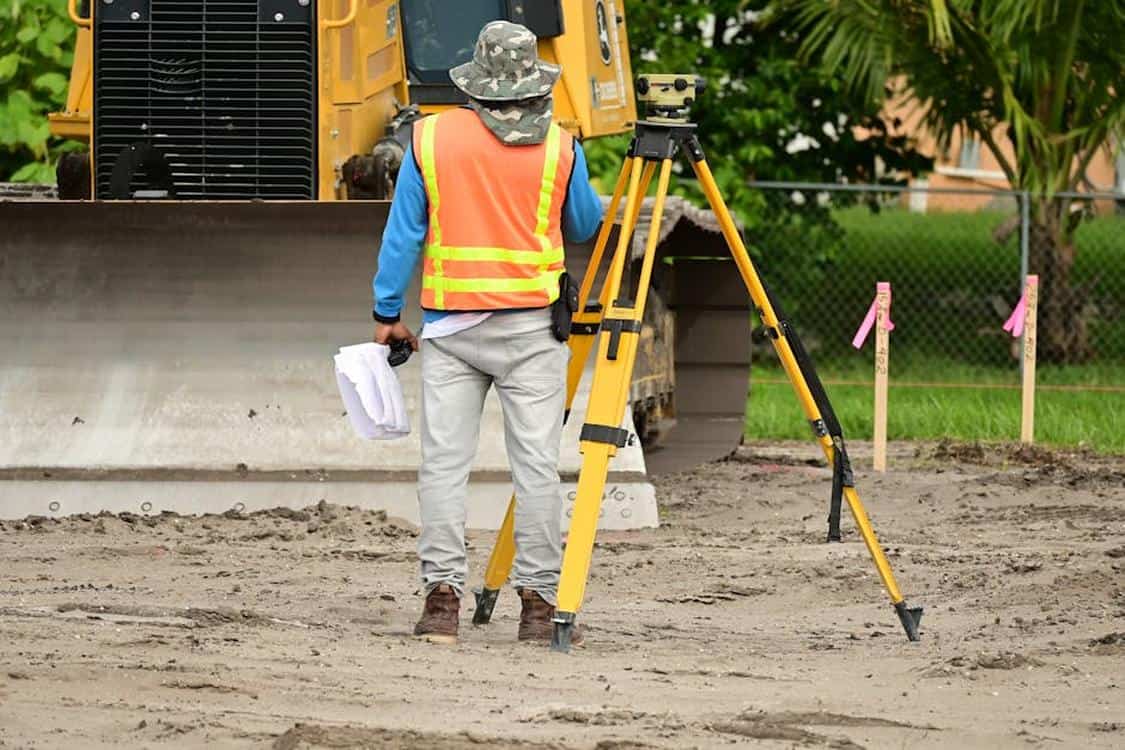The first step to accurate electrical estimating is carefully reviewing project blueprints. This includes every nook and cranny that may hold a wire or electrical outlet.
Electrical estimators possess specialized expertise, broad industry knowledge and proficient estimation software that enable them to navigate complex blueprints and determine material costs with skill. They also stay informed of evolving technologies, which helps them deliver accurate cost projections.
Quantity Takeoff
The quantity takeoff is the process of identifying and quantifying the materials required for an electrical estimating company. It involves interpreting blueprints and utilizing technical knowledge to determine the number of cables, conduits, switches, outlets, and panels needed for a given project. Using this information, the estimator can then create an accurate bill of materials and estimate costs. This is an essential step in the estimating process that can help to ensure accuracy and efficiency throughout the bidding phase.
Typically, the quantity takeoff is performed by a contractor’s in-house team or a professional estimator. However, depending on the scope of a project, other individuals can also perform takeoffs. These may include the architect, engineers, project manager, or subcontractors. In these cases, it’s crucial that all parties involved communicate effectively. This can be achieved by conducting regular meetings and by ensuring that all project documents are easily accessible.
Electrical estimators must understand industry standards and keep up with evolving techniques and materials. This requires attending exhibitions and conferences as well as taking online classes and webinars. By staying up-to-date on the latest developments, estimators can provide their clients with competitive, precise bids that meet or exceed their expectations.
To make sure that your estimates are accurate, it’s important to take the time to thoroughly review the job specifications. This includes scrutinizing every nook that could house a switch or each wall where an outlet awaits installation. This level of detail will prevent errors that could derail the budget later on in the project.
The next step is to calculate the pricing of each item on your bill of materials. This can be done manually or using software tools that integrate with top industry supplier catalogs. Ideally, you should use a tool that enables you to automatically update your pricebook so that all line items are reflected with the most up-to-date pricing. This will minimize errors and reduce the amount of time spent managing and updating your pricing system.
Once you’ve calculated the price of all your items, it’s time to put together a proposal. You can either submit your takeoff data in a spreadsheet or rely on the tools offered by an electrical estimating software program to generate a complete and detailed proposal.
Cost Per Square Foot
One of the most important tasks that an electrical estimator must take on is preparing detailed quotes for projects and tenders. This requires a thorough understanding of the various elements that go into calculating a project’s estimated costs, such as labor, materials and overhead expenses. Getting these estimates right can greatly influence the quality of a project and, ultimately, its profitability.
Square foot estimating is an essential tool for evaluating the cost of a project, allowing estimators to calculate the total amount of work required and plan accordingly. However, this estimating method has its own set of challenges and limitations that must be taken into account. Among these are its generality, which can neglect site-specific nuances that may significantly impact overall project costs. This is particularly true of electrical estimating, as the complexity of different systems varies by size and scope.
Another problem with square foot estimating is its reliance on historical data. While this can provide useful averages for establishing electrical component unit costs, it’s crucial to understand that each project is unique, with its own distinct challenges and complexities. As such, a typical per square foot estimate could fall far short of the real cost of completing the project.
There are several common mistakes that can derail an electrical estimation’s accuracy, including inaccurate material cost estimation and ignoring labor productivity rates and crew expertise. It’s also important to consider overhead costs, such as insurance, licensing and project management fees, in order to produce a realistic quote.
Finally, it’s critical to utilize technology and specialized software designed for electrical estimation. This can streamline the process, minimize errors and enhance accuracy. By avoiding these common pitfalls, electricians can achieve more accurate estimates that help them win more jobs and improve their bottom line.
Electrical estimating is an important task that can be challenging to master. Specialized training and ongoing professional development can be beneficial to a career as an electrical estimator. These opportunities may be available at a company’s headquarters or through formal education programs. In addition, apprenticeships are commonly available in the United States and other countries.
Itemized Estimates
Electrical estimation is a complex process, and it’s easy for estimators to make mistakes. They must carefully review the project requirements, research accurate pricing and new techniques, and communicate clearly with team members to ensure they provide clients with relevant and comprehensive cost projections. To improve their accuracy, electrical estimators should consider professional development courses, attend industry seminars and utilize the right technology tools. These resources will help them provide accurate, competitive and comprehensive estimates, avoiding costly mistakes.
A key aspect of electrical estimating is understanding overhead costs. These expenses may include things like equipment rental, permit fees and management software subscriptions. While they might seem minor, they can add up quickly and are essential to a business’s profitability.
To accurately calculate a job’s total cost, electricians must take the time to review project specifications and thoroughly understand the blueprints and schematics. This step is critical to the success of any electrical project. It’s important to count every item depicted in the drawings, including light fixtures, receptacles, conduit runs and panels. It’s also crucial to understand the project’s wiring requirements, which can vary greatly from one building to another.
An estimate’s accuracy depends on a number of factors, from the complexity of the project to the number of materials and labor hours required. For example, a simple light fixture might only require 1 hour of labor, while a complex lighting system could require 10 or more. To ensure that all the work required for a project is included in an estimate, it’s best to use a unit-cost method. This method combines speed with precision, making it ideal for creating estimates on the fly.
Providing an itemized estimate is an effective way to build trust with customers and set your business up for success. This type of estimate creates a clear list of labor hours and materials, so clients know exactly how much their project will cost. It’s also a great way to win jobs by setting yourself apart from competitors who don’t offer this level of transparency.
Square Foot Estimates

In the electrical estimating world, square foot estimates are a crucial component to accurate project pricing. Using a unit cost method, estimators take into account labor costs, overhead expenses, and a reasonable profit margin to deliver an estimate that is competitive without overcharging clients. This requires careful inspection and measuring, as well as a comprehensive understanding of current industry standards.
Experienced electrical estimators understand the value of continual learning and actively seek opportunities for professional development. They stay updated on evolving technologies like smart systems and renewable energy integration, and use these insights to improve their estimating processes. Additionally, they collaborate with experts in the field to obtain technical guidance on electrical systems, load calculations, and energy efficiency requirements.
Providing an accurate electrical estimate starts with a thorough inspection of blueprints and designs, as well as a detailed material calculation. Then, electricians calculate the time required to complete each task. Depending on the project type, this can be done by the room, floor, or entire structure. Estimators carefully add up all of these measurements and tally materials, labor hours, overhead expenses, and a contingency allowance to arrive at a final cost estimate for the project.
One of the biggest mistakes that electricians make when submitting an estimate is not including enough contingency. This allows them to make up for unforeseen expenses that may arise during the project, such as changes to design or equipment failure. Adding a contingency allowance also helps reduce the likelihood of a client disputing a bill.
Finally, electrical estimators must factor in the overhead costs associated with running a business, such as management software subscriptions, rent, insurance, utilities, and more. This information is essential for crafting a realistic estimate that reflects the true costs of providing exceptional service.
The estimating process is complex, but it is vital to the success of any electrical project. The accuracy of an estimate ensures that the project is completed on time and within budget. To avoid costly mistakes, it is important to use a proven estimating system and regularly seek feedback from project teams, engineers, and other professionals.

